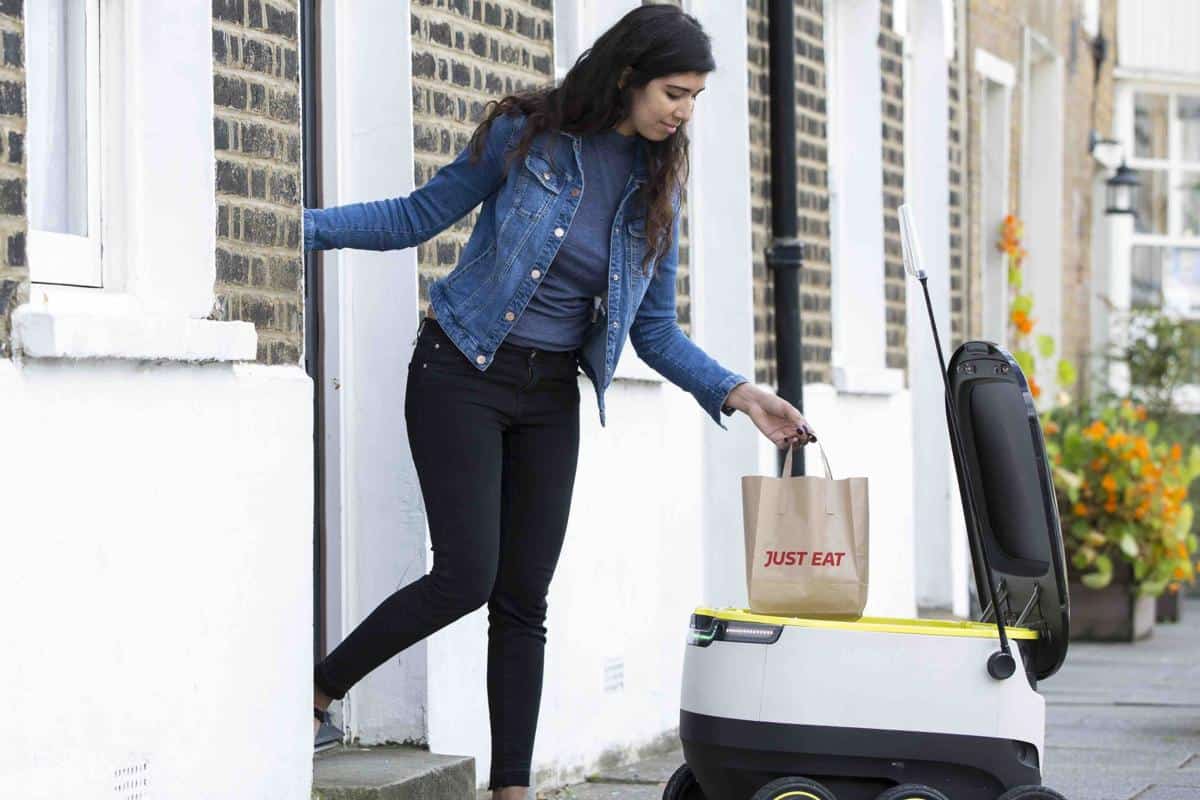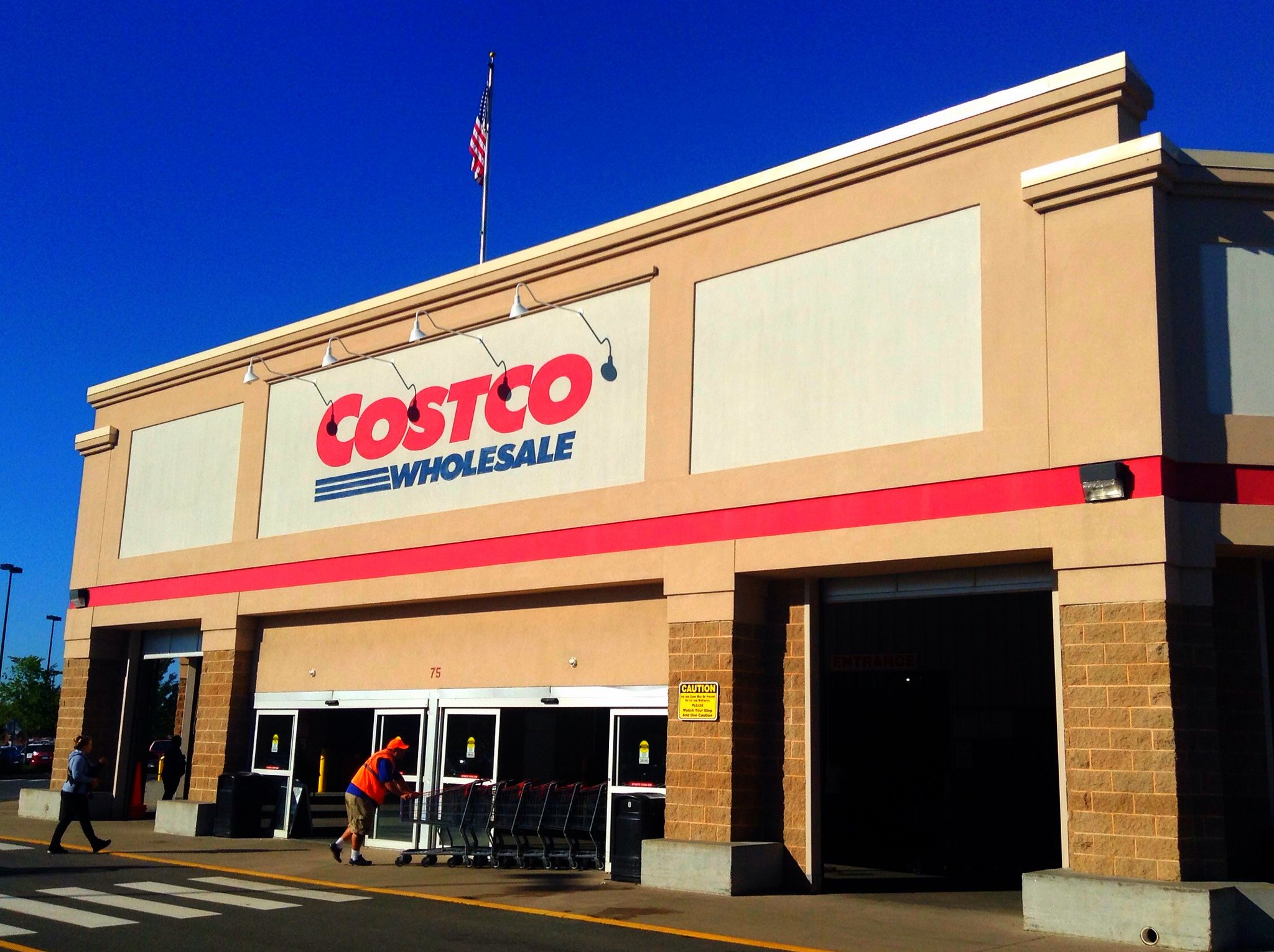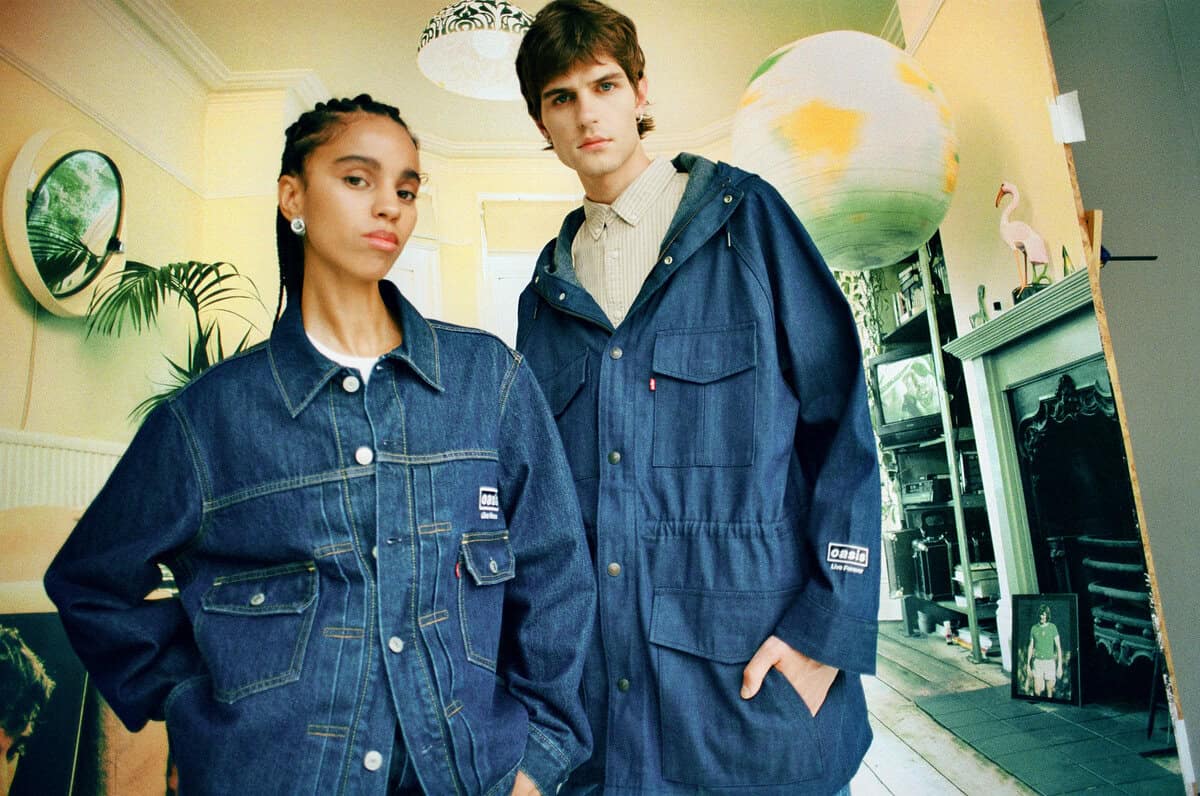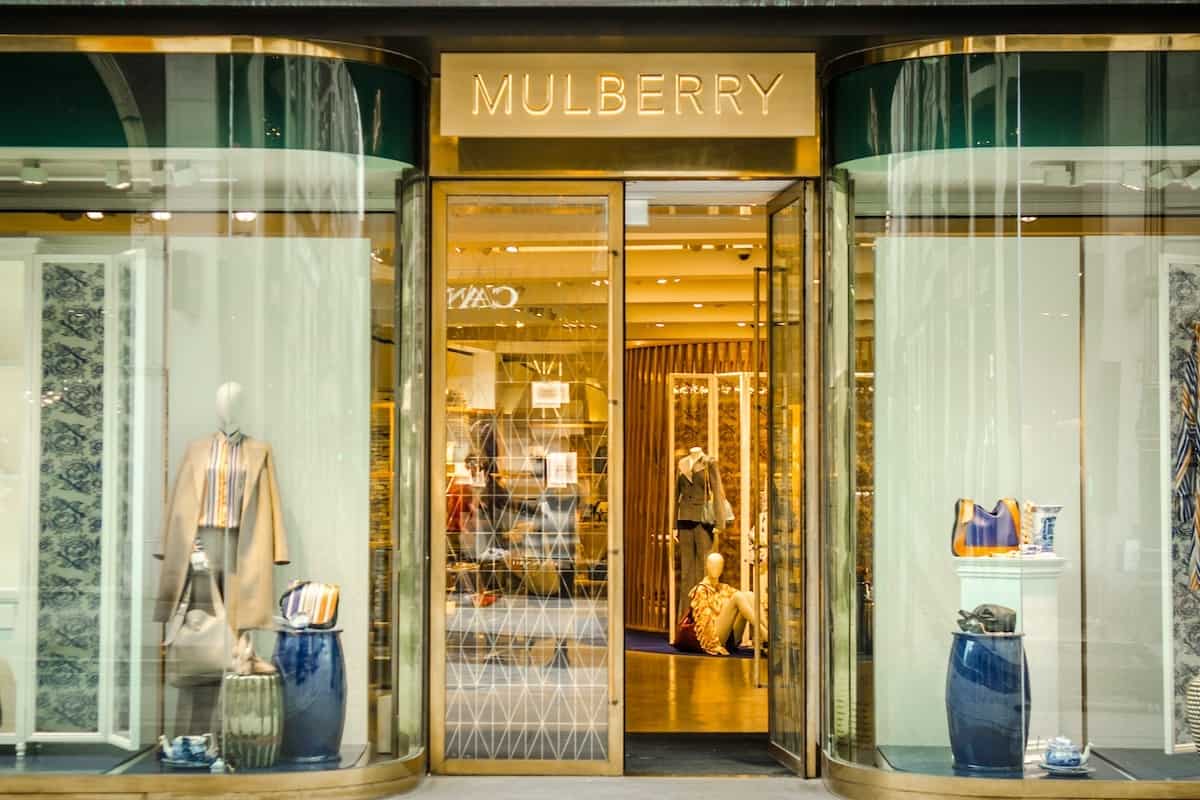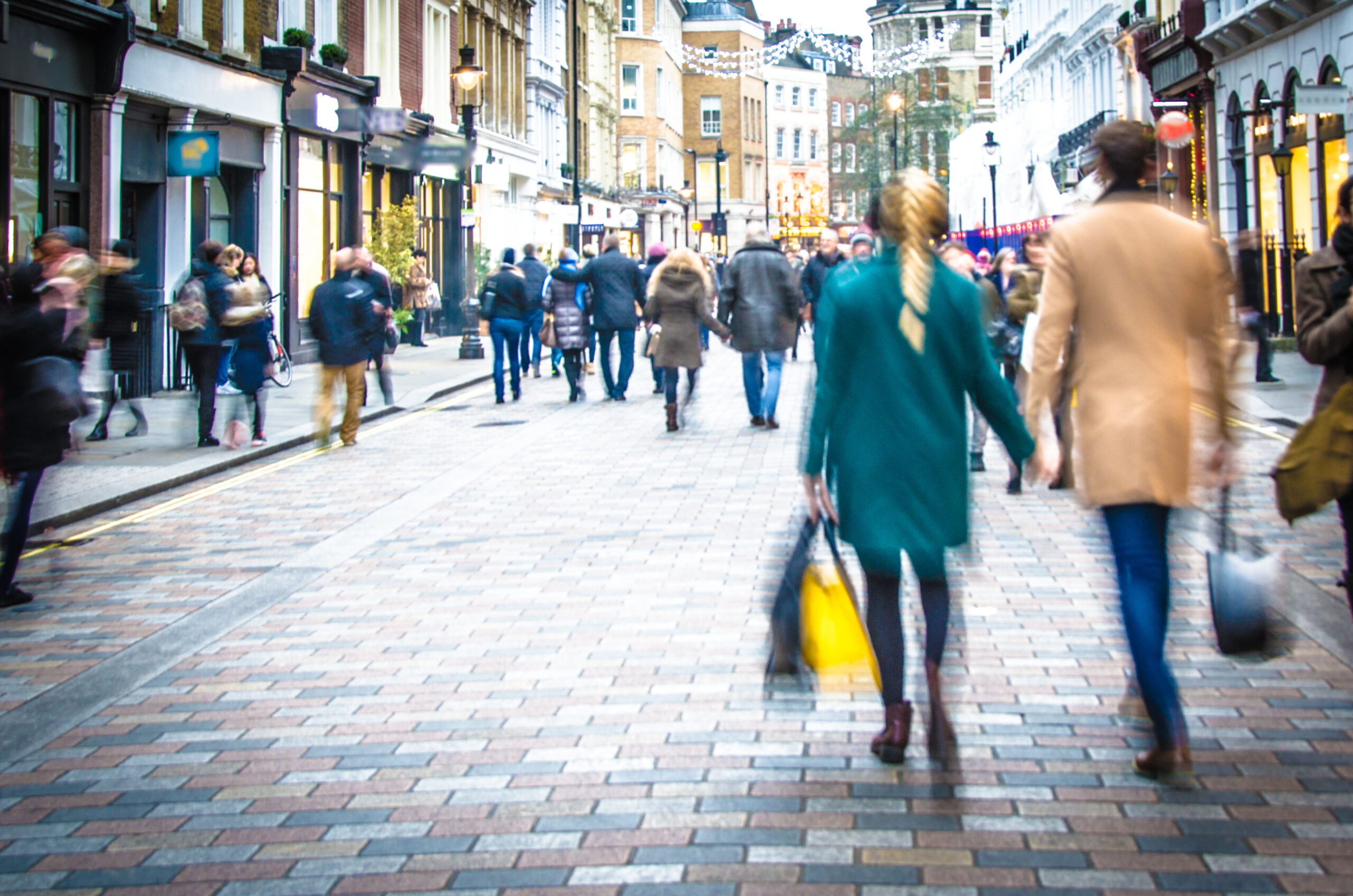With the battle moving to the supply chain and concerns growing around air pollution and greenhouse gases, brands now have a responsibility to reduce their carbon emission levels and drive the creation of the green supply chain. As David Griffiths explains, retailers need to make changes before it’s too late.
Consumers are thrilled by the speed and flexibility of e-commerce – but the proliferation of new retail channels and choices is changing their purchasing behaviour, and ultimately, that’s taking its toll on the environment. With next-day, same-day and one-hour delivery options starting to be commonplace with many retailers, consumers are fast becoming used to getting their chosen product not just quickly, but almost instantly.
At the same time, consumers are placing greater emphasis on the sustainability efforts of their favourite retailers. In fact, a third of consumers are now choosing to buy from brands they believe are doing social or environmental good. That’s a large proportion of the customer base that a retailer risks losing if they don’t meet this expectation. The good news is that retailers across the world are recognising this and starting to step up with commitments to address the sustainable agenda. But are they doing enough?
Independents verses retail giants
Independent retailers are currently rising above the competition when it comes to low carbon emissions. Transport is the second highest emitter of greenhouse gases, therefore the independents who have shorter product journeys will naturally have a smaller carbon footprint. It isn’t as easy for the retail giants. With longer journeys, more players in the supply chain and bigger product ranges to contend with, retail giants have a harder time of reducing their carbon footprint. But it certainly is possible.
Packaging should be at the top of every retailer’s list when it comes to making strides towards sustainability. A strategic approach to transit packaging that optimises carton, pallet and container fill will not only reduce packaging costs, with higher standards enforced, but it will also decrease shipping costs as a result of better container utilisation, with less empty space being shipped. Not only does this reduce the number of journeys that need to be made, but it will also enable more efficient use of DC space. Ultimately though, a strategic approach to packaging reduces waste and therefore improves the carbon footprint, putting retail giants one step closer to meeting their sustainability goals.
Many large retailers have already seen success in this area too, with effective changes to their packaging compliance resulting in huge reductions in the number of different packaging types used, and consequently the reduction in the amount of containers and DC space required. The retailers that are serious about reducing their carbon footprint have the tools at their disposal to make it happen, with simple changes making a world of difference to carbon-conscious consumers.
Shouting about success
At the start of this year, ALDI claimed it was the first grocer in the UK to be carbon-neutral, detailing that it had cut greenhouse gas emissions per square metre of sales floor space by 53% since 2012. That’s a big statement to make, but it shows ALDI’s commitment to make changes that have resulted in extremely positive outcomes. The fact is that changes are being made, but few retailers are shouting about their behind-the-scenes success, leaving the issue of reducing carbon footprint still far lower than it should be on the retail agenda. The lack of visibility for consumers is weakening the message and hindering their ability to trust the brand, so whilst retailers must ensure that first and foremost they are making sustainable changes for the right reasons, they also need to make sure they are letting consumers know what is really happening.
Simple changes to packaging will show consumers that the retailer is making an effort; for example, if a retailer can confidently say in its marketing materials that all items from one brand are being shipped into the store using 50% less packaging, every carbon-conscious consumer would know that steps are being taken and be more likely to buy from the retailer as a result.
Making a change
The potential is huge, but retailers must realise that the smallest changes can have the biggest impact. What’s important is for retailers to make these changes and then shout about it from the rooftops, moving carbon footprint to the top of the agenda and creating an ecosystem of retailers working towards a common goal to turn sustainability from talk to action.
Author
David Griffiths, Senior Product Marketing & Strategy Manager, Adjuno
